The advantages of the yaw-free view camera
by Jost J. Marchesi


Different publications – even reputable ones – tend to mean different things when they write about yaw in a view camera. We have to look to specialised patent literature for a clear definition of yaw or freedom from yaw in view camera movements.
In fact, yaw is a gyrating movement of the vertical swing axes of an inclined camera. Such movement can for instance arise with indirect parallel displacement and simultaneous use of the vertical-axis camera swings for sharpness distribution control, or when using swings and tilts to cope with an object plane inclined in two directions (dual sharpness distribution control).
The problem of yaw in conventional view cameras interferes even with simple and straightforward adjustment sequences:
For instance, if you want to show something of the top as well as the front of an upright object, you have to use a dropfront (vertical shift) movement. Both the lens and image planes must remain strictly vertical to avoid convergence of vertical object lines. But the parallel displacement available for this purpose is generally limited – both in terms of the physical adjustment and in the effect at longer extensions. Moreover, increased direct displacement soon makes the camera unstable. There it is therefore better to achieve the lens shift indirectly by inclining the camera rail down and tilting the standards back to vertical.
If the subject recedes from front to rear across the field of view, you have to swing one of the standards about its vertical axis to extend the available zone of sharpness. This is where yaw becomes disturbing in conventional view cameras: The standard not only swings but also tilts out of its intended position. That makes subject verticals inclined on the focusing screen-further image correction becomes more difficult or even impossible.
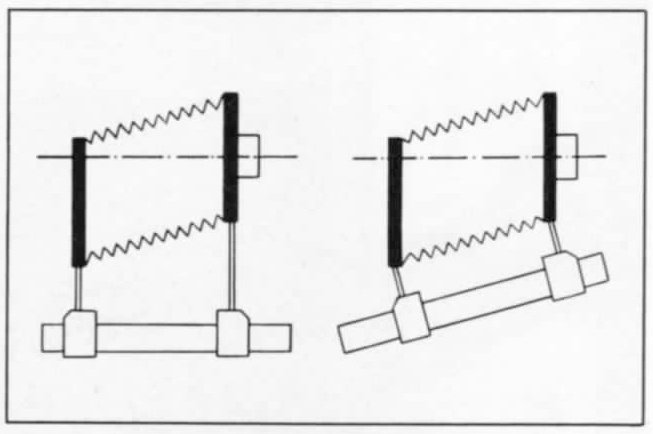
Complex manipulation, including swinging or tilting the entire optical axis about the rail clamp, can bring verticals back more or less to upright on the screen. This again upsets sharpness distribution. So you must once more readjust the optimum plane of sharpness by the intersecting planes (Scheimpflug) rule. But with yaw introduced in the standards this can become geometrically impossible.
And if you want to swing both standards about their vertical axes after tilting them back to vertical (for instance for sharpness distribution as well as perspective control) you get double yaw effects of the vertical as well as the horizontal swing and tilt axes. At this point even experienced view camera operators lose control.
The procedure is completely different with the SINAR p, SINAR c and SINAR f which have yaw-free swings. Here the design ensures that the standards do not yaw when you swing them about their vertical axes after being reset to vertical on an inclined camera rail. Hence anything that is vertical in the subject stays vertical in the image.

The secret of this system is simply the movement priority of the pivoting points: Whenever a standard is vertical on a SINAR camera, its swing axis is also truly vertical.
Obviously one of the axes in a view camera is always subject to yaw, whatever the movement priority. But with the yaw-free design of the SINAR that yaw is relegated to a rarely used adjustment range, namely indirect lateral displacement with subsequent horizontal-axis tilts.


For the ultimate image

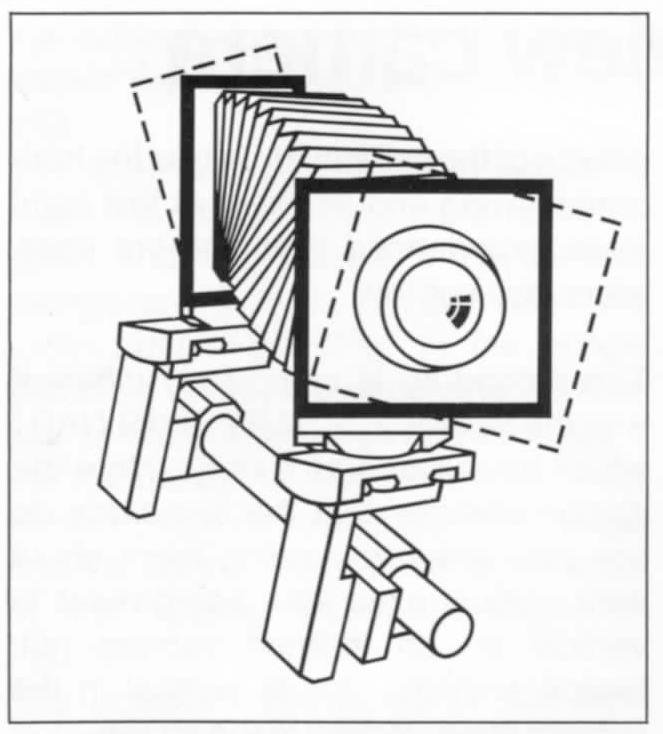


Confusion over the Scheimpflug rule

One long-standing misconception over the Scheimpflug rule is that for uniform sharpness over an inclined plane the extensions of the subject plane, lens plane and image plane must intersect in a point. In fact, this rule only holds when these optical planes intersect completely in a line, not a point. The model demonstrations of Figs. 5 and 6 show that the planes can intersect strictly only with a camera that has yaw-free swings, never with yaw.
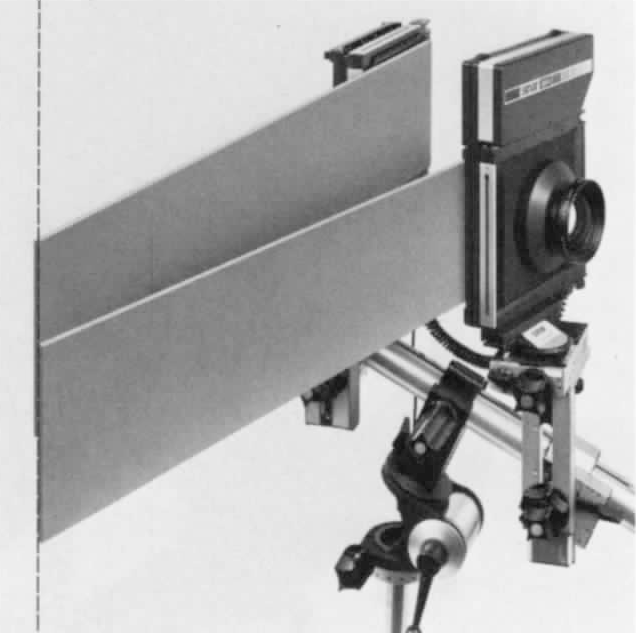
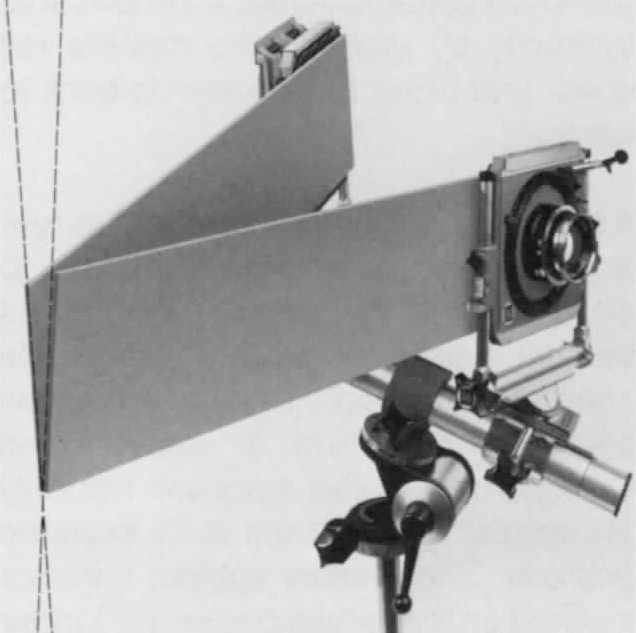


For the ultimate image

The practical effect

A camera with yaw-free swings allows much simpler, more precise and more predictable adjustment than an older type.
Of course, if you want to use a view camera merely for its bigger image size and are prepared to forego its movement scope by keeping all adjustments centred and stopping down to f/64, you will not benefit much from a camera with yaw-free swings, either.
But for top-class results you must have a yaw-free camera – quite apart from the setting-up time you save.
To show the difference in operation, here is a sequence of steps for a simple product shot: Three small boxes are to be shown in approximately equal size from the front and above, with slightly exaggerated perspective.
Fig. 7 shows the first adjustment step – which is the same for both camera systems. The photographer first selects the viewpoint according to perspective and other requirements. The substantial downward view required calls for indirect parallel displacement. That is to say, the base rail of the camera is inclined downwards and the lens and image standards tilted back to vertical. With the SINAR p, SINAR c or SINAR f with their yaw-free swings the rest of the adjustment takes just a few seconds.
The next step as shown in Fig. 8 is a swing of the image standard about the vertical axis to correct horizontal converging lines for perspective control. In the absence of yaw the verticals remain vertical – nor does the image shift on the screen.
Finally sharpness distribution is precisely controlled with the SINAR tilt scales. To avoid further perspective adjustments this is achieved by transferring the rear swing to the vertical axis of the lens standard.
This automatically meets the Scheimpflug condition by making the optical planes intersect in a common line. All you then have to do is to select the best focusing point and aperture on the SINAR depth of field scale to obtain the required depth of field at right angles to the subject plane. That is all – Fig. 9 shows the final result with the lens at f/22.
The same adjustment – with the same lens – is considerably more cumbersome and less reliable if the camera swings are subject to yaw. After the basic adjustment (Fig. 7) the image standard is swung about the vertical axis to correct perspective. At this point the standard yaws away from its vertical position, the verticals tilt in the image and the subject has shifted to the edge of the focusing screen as shown in Fig. 10.

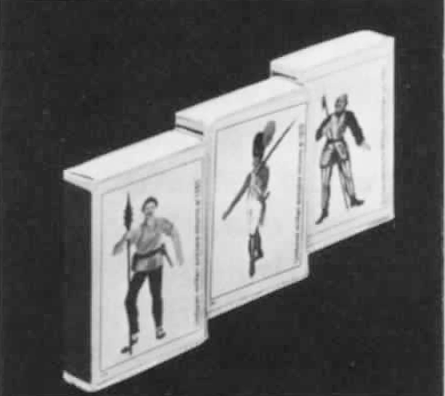
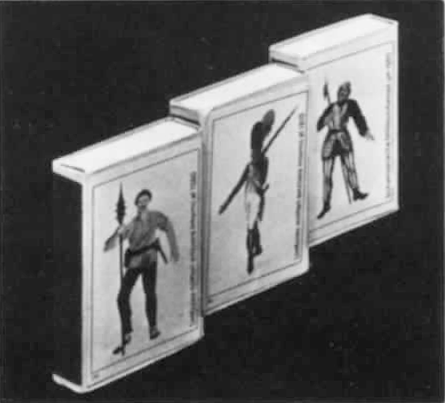



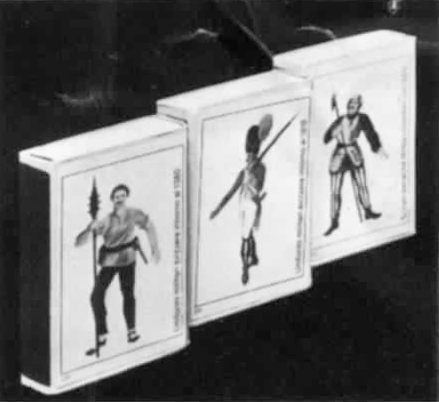
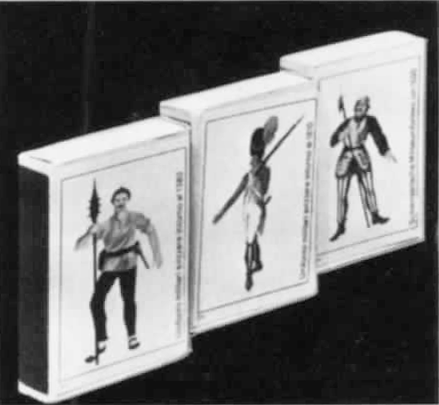
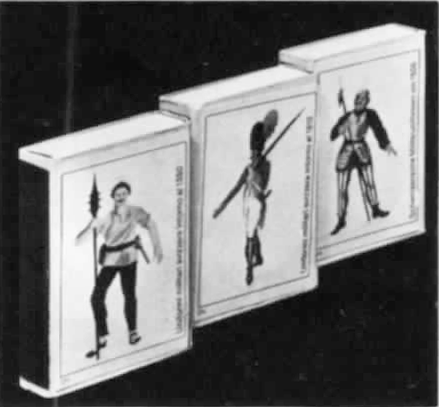
The practiced photographer will now swing the whole camera by releasing the rail clamp and rotating the base rail until the verticals are vertical again. However, this does not yet centre the image. An attempt was made here to do so by horizontal displacement of the image standard to the right – for which the adjustment range was not quite sufficient. To avoid further complications by lateral indirect displacement, the photographer simply moved the whole camera to the right on the studio stand arm. That of course is one of the most basic errors, for a shift of viewpoint also modifies the perspective. But it is not the last fiddle of this job …
Fig. 11 shows how the image now appears on the screen. The sideways shift has brought it very near to the edge of the lens’s field which leaves no room for further sharpness distribution control by a swing of the lens standard (again displacing the angle of field).
The shot was made with a Schneider Symmar-S lens of a 70° angle. Even with the yaw of the camera this kept the image reasonably within the lens’s angle. But with a lens of only 50° coverage (for instance an Apo-Ronar), the job would just have been possible with a yaw-free camera but- as just explained – not with one subject to yaw.
Next we have to try to obtain overall sharpness by swinging the lens standard. If the extensions of the camera planes intersect in one point (by the misunderstood Scheimpflug rule) you get the image shown in Fig. 12. Only the central matchbox is really sharp. The reason is obvious: As a swing about the vertical axis causes both standards to yaw, there can be only a point of intersection, not a common line. That makes overall sharpness distribution control impossible. With much experience you might just manage to readjust the planes (Fig. 13) so that on stopping down to f/32 the picture is nearly sharp (Fig. 14).


For the ultimate image

This trial was made with a top-class camera and top-quality lens. Even after many years of practice in handling cameras with yawing movements the photographer did not manage to maintain the perspective unchanged, nor did he achieve the same quality that the inexperienced photographer got at the first attempt with the yaw-free camera. And for reasonable sharpness the photographer had to stop down by one whole stop more. In macro shots this already sacrifices some overall sharpness through diffraction.
Similar simple subject setups – but equally difficult to handle with a camera subject to yawing swings – can of course arise in every photographic field. Thus everyday architectural photography frequently involves perspective correction of converging lines with simultaneous upward inclination of the camera to provide an indirect rising front movement.


SINAR LTD SCHAFFHAUSEN
CH-8245 Feuerthalen, Switzerland Telephone: (053) 5 45 27
Telex: 76740


